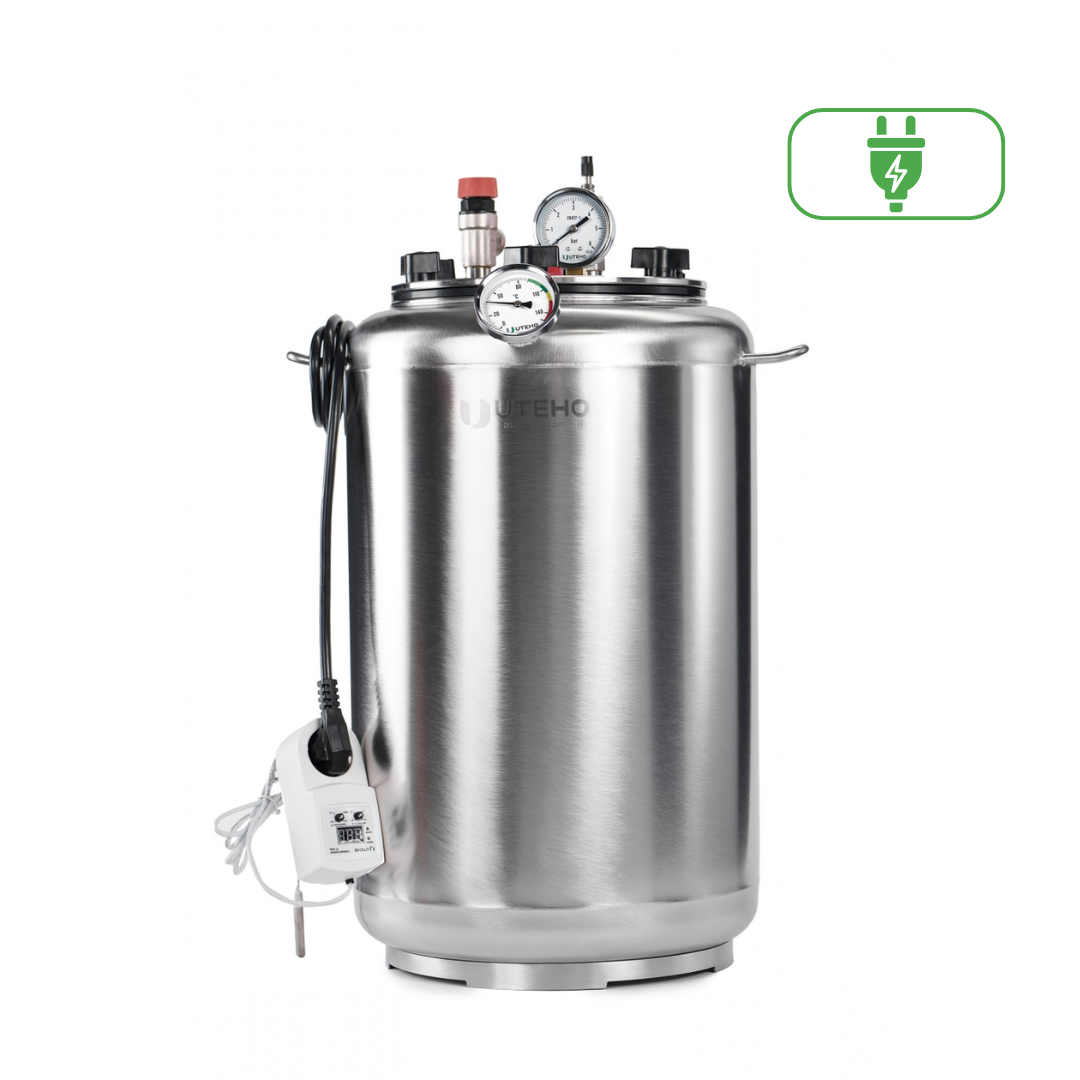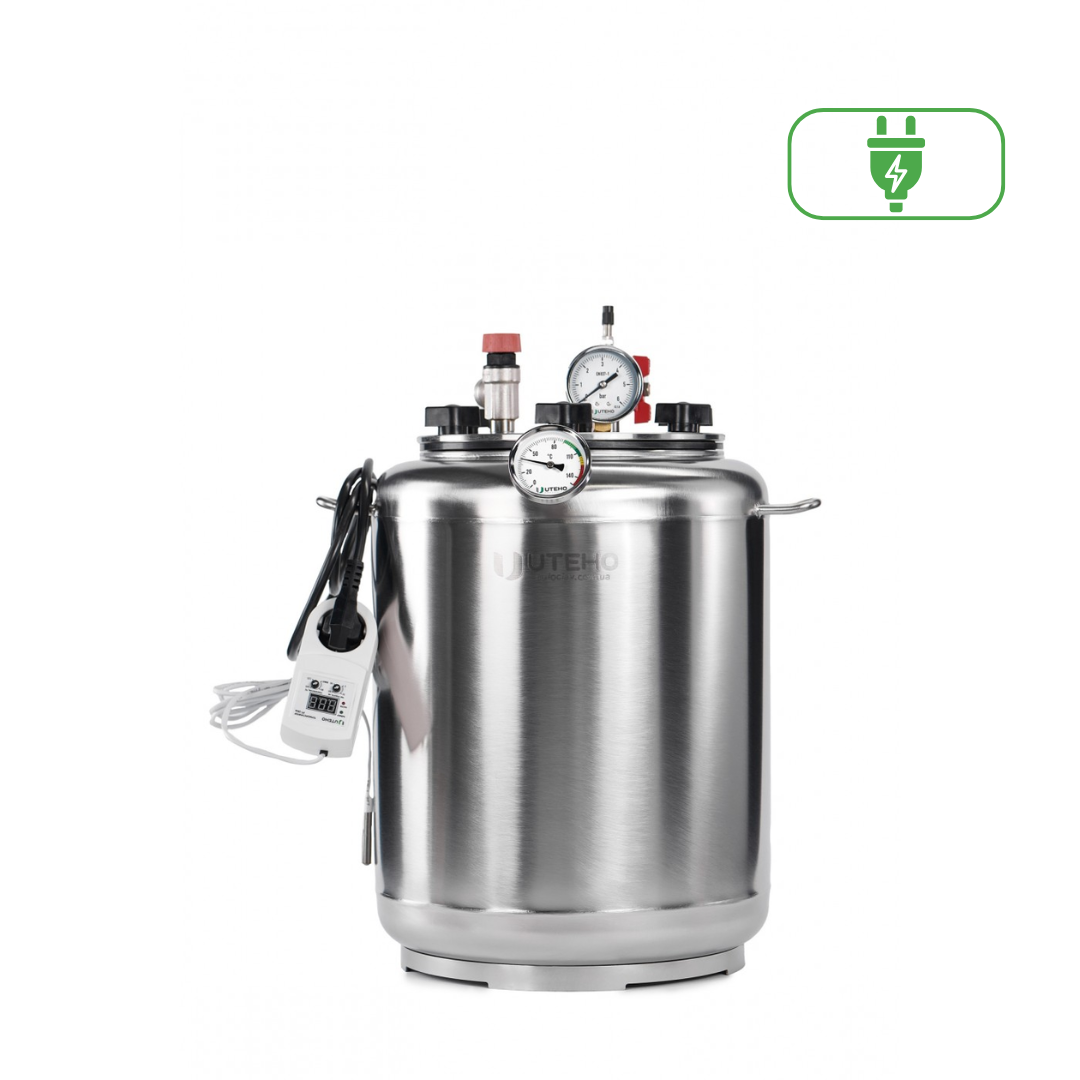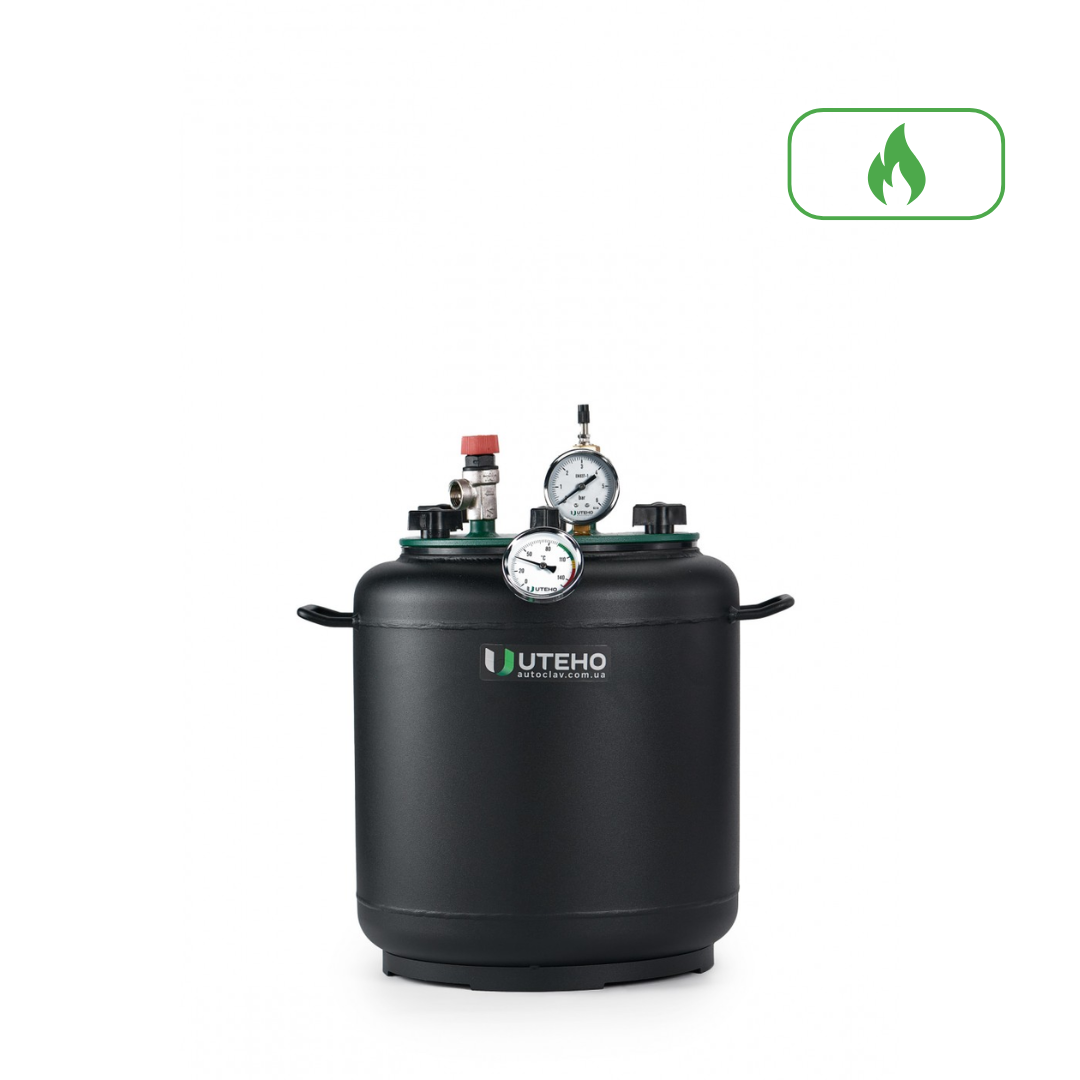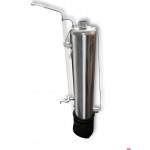
Spicy Zucchini in an Autoclave
Zucchini is one of the tastiest products that are preserved for the winter. It is simple to prepare and very healthy. Even preserved zucchini contains many nutrients. By preserving zucchini in an autoclave, you will get wonderful dishes for the winter, saving your time.
There are many recipes for preparing zucchini for the winter — salads, caviar, jam, pickled zucchini, as well as assortments combined with other products. In this article, you will find the best recipes for how to cook zucchini in an autoclave for the winter.
Pickled Zucchini with Chili Ketchup
For this recipe, we will need the following products:
- zucchini — 3-4 kg;
- Chili ketchup — 1 pack (270 g);
- vinegar — 1 cup;
- sugar — 1 cup;
- salt — 2 tbsp.;
- water — 1.5 l;
- bay leaves;
- black peppercorns;
- garlic;
- hot chili pepper;
- dill blossoms;
- greens and other seasonings to taste.
This portion is calculated for 5 liter jars. The amount of zucchini will depend on how tightly they are packed in the jar. We recommend choosing small zucchini for a better appearance of the finished preserve. When preserving in an autoclave, there is no need to pre-sterilize jars and lids.
Let's start cooking:
- Put 2-3 peeled garlic cloves into the jars. You can slightly cut them for better flavor transfer. Next, put dill blossoms, a bay leaf, a few black peppercorns. Cut the hot pepper, remove the seeds, and put it into the jars. You can also add a few horseradish and currant leaves — these ingredients add a bright aroma and make the zucchini crunchy.
- Now cut the zucchini into circles 1–2 cm thick. For quality preservation, it is better to choose young zucchini with small seeds. Such zucchini will give whole, beautiful pieces in the jar. It is necessary to pack the cut zucchini tightly in the jar so that there is not much air.
- Next, prepare the marinade. To do this, boil water, add salt, sugar, and ketchup. Boil for 5 minutes, then add vinegar (use 9%).
- Pour the prepared zucchini with hot marinade almost to the top, and close with a lid.
Next, proceed to preservation in the autoclave. The jars should be placed according to the instructions in the autoclave and filled with water. To make preservation as fast as possible, the water used to fill the jars in the autoclave should be approximately the same temperature as the temperature in the jar. Close the autoclave and turn on the heating. It is important to control the temperature, because at high temperatures, the zucchini in the jar will overcook.
- If the thermometer is located at the top of the container – cook for 5 minutes at 90 degrees.
- If the thermometer is located at the bottom of the container – cook for 5 minutes at 100 degrees.
When the water has cooled and you release the pressure, you can take out the jars with the finished product. You can turn the jars upside down so that the spices mix better.
BESTSELLERS
Zucchini Caviar

The queen of all zucchini preserves is zucchini caviar. There are many types of zucchini caviar with different additional ingredients. We offer you one of the tastiest recipes. For its preparation you will need:
- zucchini — 6 kg;
- onion — 1 kg;
- sunflower oil — 1 cup;
- salt — 1.5 tbsp.;
- sugar — ¾ cup;
- tomato sauce — 0.5 l;
- tomato paste — 0.5 l;
- mayonnaise 67% fat — 0.5 l;
- satsibeli sauce — 0.5 l;
The preparation of zucchini caviar in an autoclave consists of the following steps:
- First, you need to peel the zucchini and remove the seeds. Cut them into strips and grind them in a meat grinder on a fine sieve.
- Peel and cut the onions into medium cubes. Fry the onion in sunflower oil until fully cooked. Let it cool a little.
- Place the ground zucchini in a large container, add the prepared onion, sugar, and cook for 1 hour.
- After this, add the tomato sauce, tomato paste, mayonnaise, and satsibeli sauce one by one to the hot zucchini mass. After each new ingredient, you need to stir thoroughly until completely dissolved and only then add the next one. Add salt to taste. Cook over low heat for 2.5 hours, stirring constantly.
- Place the hot caviar into half-liter jars, leaving 1 centimeter from the top, and close with lids. Place the zucchini caviar in the autoclave, fill with water, close, and start heating.
- If the thermometer is located at the top of the container – cook for 15 minutes at 100 degrees.
- If the thermometer is located at the bottom of the container – cook for 15 minutes at 110 degrees.
The finished product can be removed when the autoclave has completely cooled down.
The taste of this zucchini caviar combines the tenderness of zucchini, the richness of tomatoes, and the piquancy of satsibeli. Zucchini caviar cooked in an autoclave guarantees long storage and a bright taste.
Long Zucchini for Appetizer
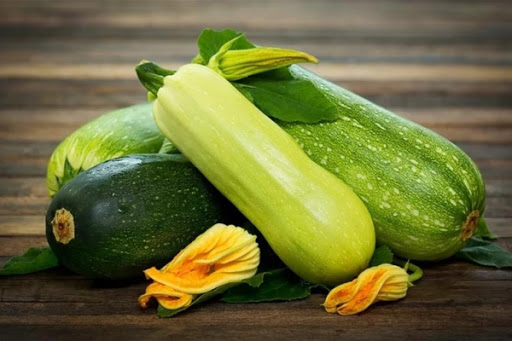
The ingredients in this recipe are calculated for one portion in one liter jar:
- zucchini;
- horseradish;
- bay leaves — 2 pcs.;
- a clove of garlic;
- parsley — 3-4 sprigs;
- vinegar — 3 tbsp.;
- sugar - 2 tbsp.;
- black ground pepper — 1 tbsp.;
- salt - 1 tbsp.;
- sunflower oil — 2 tbsp.;
- carrot - 1 tbsp.;
- tomato paste - 1 tbsp.;
- water.
Let's start cooking:
- At the bottom of a liter jar, put a bay leaf, a piece of horseradish root, a garlic clove (pre-cut into several pieces), and parsley.
- Bring refined sunflower oil to a boil, remove from heat, and leave to cool.
- Add sugar, vinegar, boiled sunflower oil, salt, black ground pepper, grated carrot on a coarse grater, and tomato paste to the jar.
- Take young zucchini of approximately the same size, wash, and cut off both ends. Cut in half, and then cut each half into 4–6 equal parts lengthwise.
- Tightly place the obtained zucchini pieces in the jar and pour cold water almost to the top.
After this, the preparation process for preservation in the autoclave is almost complete. It only remains to close with lids, put into the autoclave, close, and start heating.
- If the thermometer is located at the top of the container – cook for 20 minutes at 90 degrees.
- If the thermometer is located at the bottom of the container – cook for 20 minutes at 100 degrees.
By purchasing an autoclave from the company "Ukrpromtekh" you will get a reliable assistant in preservation. We have the largest selection of autoclaves and other steel products. You can choose an autoclave that will meet your needs — household, for home, of any size and material, as well as industrial for large production.
Still not sure which autoclave to choose? Our consultants are always happy to help you — leave a request on our website and we will call you back. Or contact us by phone: (050) 376-60-86, (067) 370-27-22.
Read also:
- Adjika in an autoclave
- Cucumbers in an autoclave
- Tomatoes in an autoclave
- Lecho in an autoclave
- Eggplants in an autoclave







.png)
